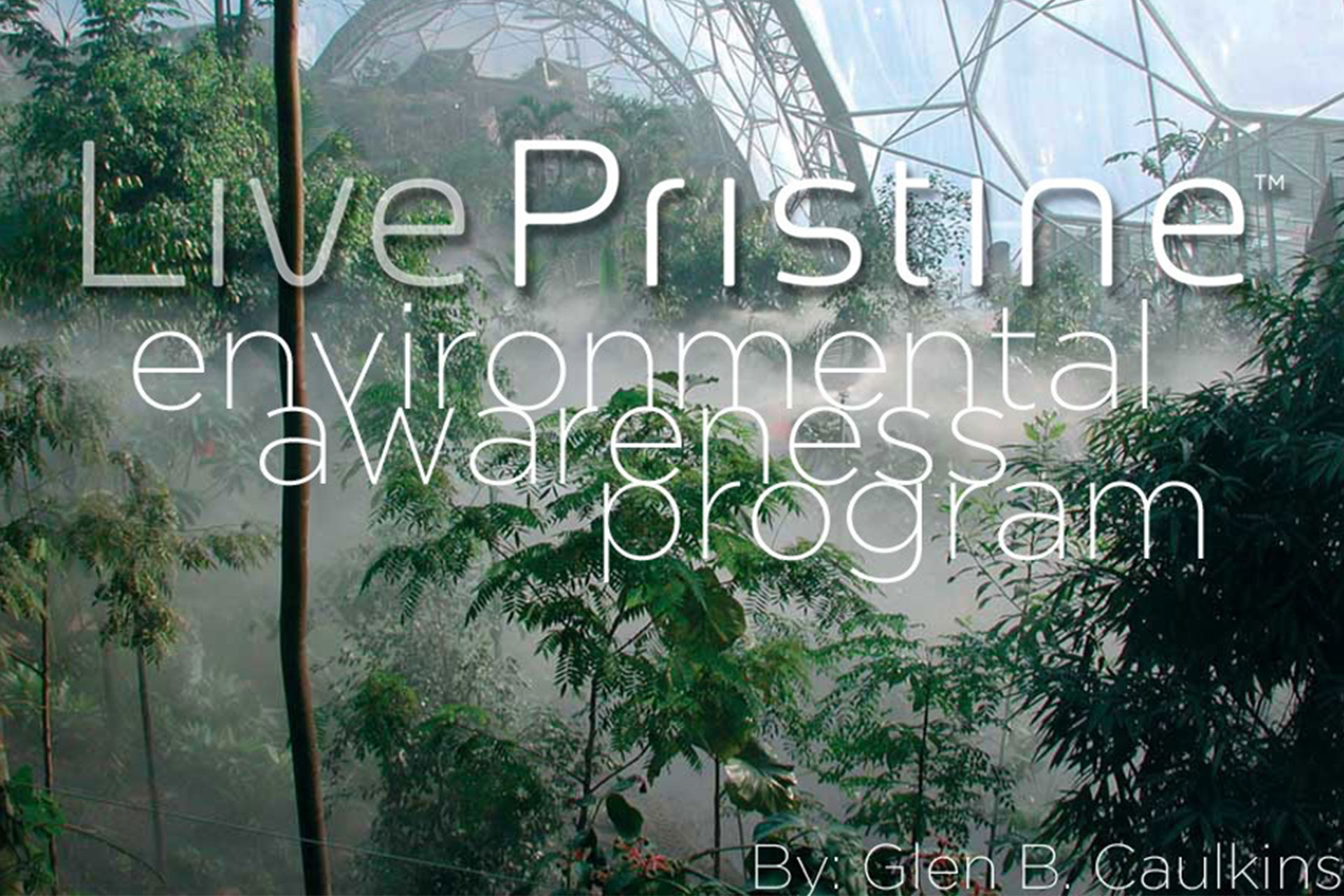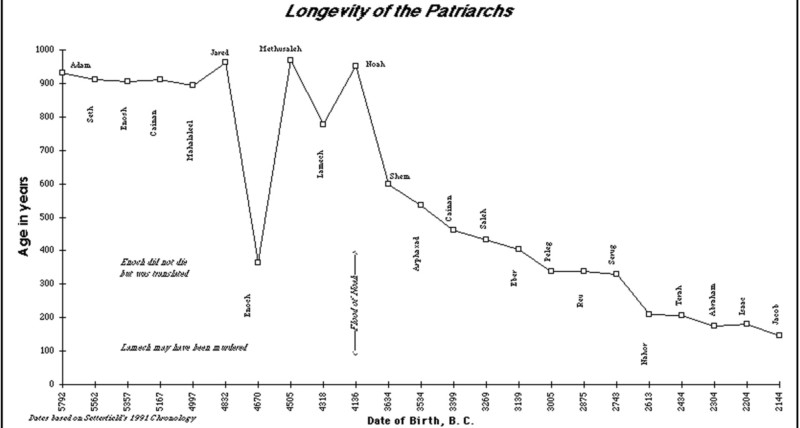Permaculture Agriculture – Botanical Garden – Healing Center
The LivePristine Environmental Awareness Education Program will provide an extensive learning experience about how to recover from the ATROCITIES of Modern Monoculture and Agricultural Techniques; Modern Livestock, Chicken, Dairy Cow, and Pig Farming Production Practices; Dead-Depleted Soil, Pesticides, Herbicides, Acid Rain, Chemtrails, etc., and the devastation of our health through the consumption of chemicals and inorganic minerals in consumer products… and exposure to heavy metals, disinfection by-products, chemicals, acids, fluoride, etc. in tap water! This isn’t Disneyland my friends, we are in a cockroach trap and almost everything we come in contact with is poisonous! Trust me, in spite of your 21- century prognoses… you are not well!
Unfortunately, it’s safe to say that modern agriculture has become one the biggest and ugliest failures of all time. Modern monoculture, intensive farming, irresponsible agricultural practices, and acid rain have completely stripped our soils of all essential nutrients; they killed all of the alkaline microorganisms and mutated the acidic microorganisms. The intensification of farming over the past century has increased the rate of soil erosion sixtyfold. Massive monoculture has also led to the extinction of 75 percent of the world’s crop varieties over the last century. Poor soil and water quality are core problems facing farmers across the globe.

There is little recognition of the complexity, intricacy, and sheer wonder of a living soil to the average person; of the many processes within the biosphere, eco-system, and the biogeochemical cycles; or that these living soils and processes are directly connected to our own nutrition and well being. Pristine soil contains more than 35,000 species of bacteria and over 5000 species of fungi; there was more life below the surface of the soil than above it. In a single tablespoon of soil, there were over 50 billion microbes alone; a handful of soil contained more microorganisms than all the people who have ever lived on Earth.
“Upon this handful of soil our survival depends. Husband it and it will grow our food, our fuel and our shelter and surround us with beauty. Abuse it and the soil will collapse and die, taking humanity with it.” Vedas Sanskrit Scripture – 1500 BC
Permaculture Agriculture – Botanical Garden – Healing Center
This is a brief description of a permanent agriculture (permaculture) farm and a botanical garden/healing center that will have a chiropractic clinic and massage services. It will also have a recreation area that includes a swimming pool, mineral baths, sauna, steam bath, and yoga and gym areas. There will also be a small café and an open-air produce/flower vending area. All of this will be inside a 2-acre inflatable greenhouse on the North Shore of Kauai.

Weather-related stress on plants is a critical concern in traditional outdoor agriculture. It dramatically impacts crop yields, crop failures, crop quality, famines, starvation, productivity, profitability, and bankruptcy. Plant stress may be caused by abnormal temperature (hot or cold), humidity (high or low), seasonal solar radiation, heavy rain, flooding, hail, drought, freezing, insufficient soil nutrients, salinity, pollution, oxidation, acid rain, soil-and-water toxicity, insects, aggressive weeds, disease, harmful microorganisms, chemtrails, etc.
All of these stress-related food-crop issues are easily managed in a state-of-the-art scientifically managed solar greenhouse environment, which will provide fresh, locally grown food for self-sufficiency.
To get the size of an acre in perspective, it is equivalent to the length and width of a football field minus the end zones. The greenhouse will have one screen partition separating the botanical garden healing/recreation area and the main permaculture growing area. There will be trails throughout the terrain that connect each and every area.
Inflatable greenhouses can be placed on almost any terrain; the ground does not need to be flat (which is better for our project), furthermore, none of the existing biota needs to be removed! A concrete mounting foundation is constructed on the parameters of the greenhouse, the greenhouse is attached, and it is then inflated over the existing terrain and biota. There is a large door-type pane that can be opened or closed as needed to bring in
tractors, equipment, trees, and to load flowers and produce that will has been sold in bulk to hotels, restaurants, etc.
The main botanical garden and healing/recreation/vending screen-enclosed area will be about ¾ of an acre near the end of the greenhouse with the inflation fans, this will enable us to have a absolute control over temperature and humidity at all times. The pools, sauna, steam bath, etc. will be located as far from the fans as possible. Recycling the air through a ventilation system will allow us to maintain the ideal 35% atmospheric oxygen in the healing/recreation/vending area.
Because of the pressure inside of the greenhouse the wind blown from the inflation fans dissipates in a very short distance, however, the incoming air will be blown at a mounded area with small bamboo forest, which will force the air up, over, around and through the bamboo to increase the oxygen level of the air and diffuse and distribute airflow evenly.
We will have a boulderscape swimming pool with small waterfall into pool, mineral bath in this screened in area, with 10 individual sunken tubs, 2 Sensory Isolation in Flotation Tanks, steam bath (all PristineHydro water), and a sauna.
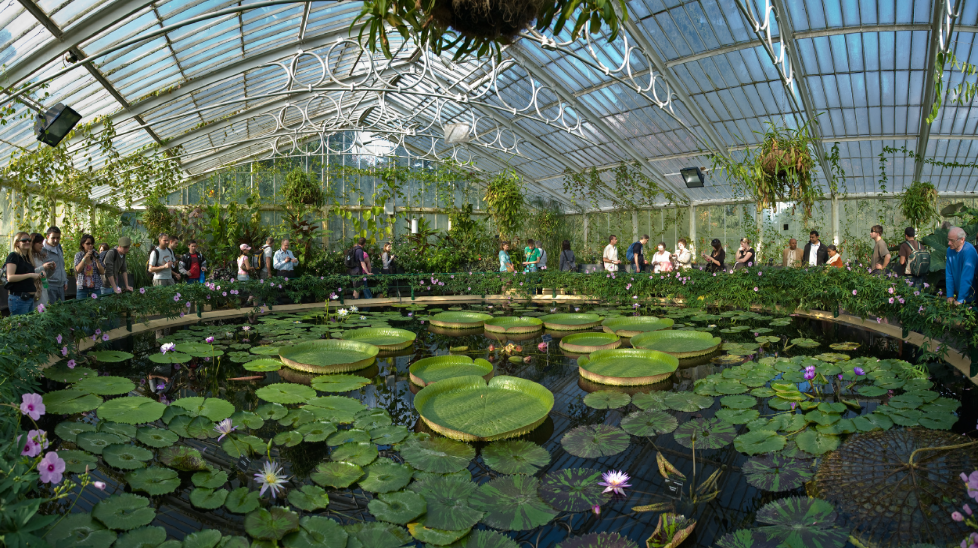
Manicured putting-green-type-lawns for yoga area and around chiropractic tent and massage tents. The yoga area will also be used for speaking engagements and educational lectures.
There will be a small 2 story Café Juice Bar with salads, fruit, vegetables, and teas, and an open-air produce/flower vending store with stone floors, with an exotic boulderscape fountain. The dining area will be the second flood with elevated view overlooking the entire facility.
We will also have a wood floor gym area with Crossfit Dynamic Fitness & Strength Monkey Rig, and a Multi Function Pull Up Station Crossfit Rig.
We also want to have an indoor playground area with a soft mat floor gymnastic, wrestling and mixed martial arts area, rings, parallel bars, and trampoline area with foam pit, climbing wall, etc. At the top of the climbing wall there will be an observation platform for an areal view of the entire 2 acres.
Exotic linen main chiropractic tent and massage tents with wood floors in different locations.
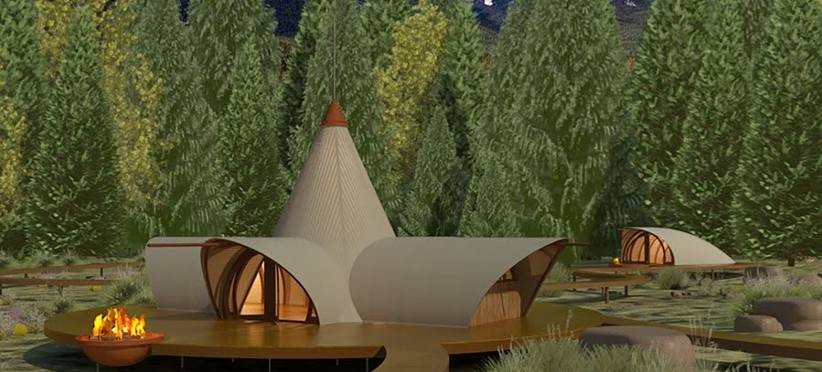

Permaculture Research Area
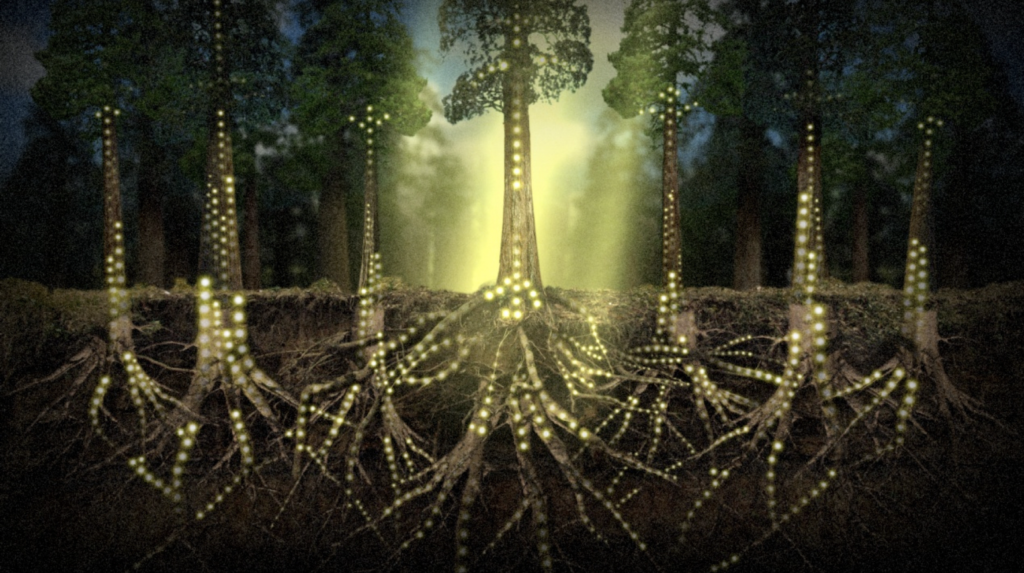
Life on earth is sustained by a complex underground ecological, biogeochemical, and magneto-electric system.
There will be small mounds, valleys and terraces in the greenhouse landscape with an abundance of Fruit Trees, Vegetables, Flowers, Native Nectar Plants and Native Plants, Native Grasses, Sugar Cane, Vines growing up and down, and Bamboo Forests with trails, with a computerized watering and misting system, and a air condition/ventilation/C02 system.
Terraces will break our Permaculture Area into several mini-gardens. On steep slopes,
terracing can make planting a garden feasible. Terraces prevent erosion by shortening the long slope into a series of shorter, more level steps. This allows water to soak in, rather than run off and cause soil erosion.
Today there are 273 threatened and endangered plants in the State of Hawaii. Most of these plant survivors now grow in the wild only in very remote areas. Almost 90% of the plants commonly grown in our urban and suburban areas of the islands aren’t native. Many of native Hawaiian plants are beautiful, easy to grow and available to purchase through local nurseries.
There will be a mote formed on the edges of the concrete foundation of the greenhouse, which will capture all of the rain water off that runs off of the greenhouse… natural pressure of the water flowing into an underground holding tank will be sufficient to force the water
through deionization resins to remove all contaminates (including sulfuric and nitric acids
from acid rain) and produce H2CO3 (carbonic acid water). As the water is pumped out of the tank into the irrigation system, oxygen will be added to create H2CO4 (peroxide-carbonic acid water [natural rain water]), which food-bearing plants require. It should be noted that greenhouses use up to 10 times less water than a field crop… with no need for pesticides, herbicides, etc.
An elaborate Computerized Drip Irrigation System will provide water directly to the plants we want watered. We can control the flow of water to each plant. There will be an up-front investment, but we’ll use less water and have better water distribution; less fertilizer is also needed when using a drip system. We will also use an elaborate misting system.
The water for the pools, mineral bath tubs, steam room, café, etc. will be mineralized prior to coming in contact with the air directly out of the deionization resins (this will produce acid free and properly mineralized water), which will flow into a separate underground holding tank. There will be no need for an expensive water processing system.
We will be using Alaskan Humus as a soil amendment, which is pristine; it has over 35,000 bacterial and over 5000 fungi. Alaskan Tundra is a 100% organic product consisting of pure forest humus. It is derived from thousands of years of naturally decomposed forest debris that contains a wide spectrum of organic compounds. It is widely available on the Internet and currently shipped all over the world.
Alaskan Humus has an incredibly high diversity of microorganisms, with more than 35,000 species of bacteria and over 5000 species of fungi, which makes it an ideal amendment for growing crops. Alaskan Humus also aids in the retention of water and nutrients, creating a stable, long lasting living soil environment for years to come.
I previously bought 1 ton of Alaskan Humus for an experiment I was doing on telluric currents and growing; it is cheap. We will need to tweak a few of the biogeochemical cycles to compensate for ecological inconsistencies. We will also need to harness telluric/atmospheric currents to optimize growth (piece of cake).
In conventional farming large areas are cleared away, the soil and root matrix are destroyed by deep plowing and other soil preparation methods that enable modern agriculture to thrive. Virtually all trees, root systems, and native grasses are eliminated.
Tree roots are necessary to distribute magneto-electricity; they also give off polysaccharides and other compounds into the soil, which are then absorbed up by neighboring roots of smaller or younger plants and trees. Tree roots also distribute magneto-electricity and nutrients with other far-away biota by transporting them across thin threads of fungi. These threads, called fungal hyphae, spread through the soil like giant underground spider webs. They penetrate the roots of neighboring trees, creating pathways that exchange magneto- electricity, hormones, polysaccharides, and other material. The fungal hyphae are immensely long systems of threadlike hyphae that can mobilize carbon from one region, nitrogen from another region… etc. Neighboring trees – even different species of trees, plants, and grasses
– share one circulatory system and one magneto-electric circuit board.
A network of large roots and fungal hyphae connects trees and other plants; so what looks like a whole forest is really just one single, sprawling organism.
These extensive root systems and fungal hyphae form a magneto-electric network that works in conjunction with soil-based organisms, so plants can rapidly absorbs nutrients, convert inorganic minerals to organic plant based minerals, and maintain natural immunity from infestation and disease. When it comes to understanding the magneto-electricity, soil, roots, and fungal hyphae, there are still more questions than answers.
In nature, plants take their food from the cosmos as well as from the earth. When the telluric currents are very high and conditions are correct plants can utilize atmospheric nitrogen and they do not require large amounts of fertilizers. When magneto-electric currents decrease, trees and plants accomplish less.
Because telluric currents move equator-ward (day-time) and pole-ward (night-time), the
extended sunlight has a synergistic effect with increased magneto-electricity, which results in the rapid and prolific plant growth we find in Alaska.
The North Pole has the strongest telluric currents on earth, pristine tundra, and 17 to 18 hours daylight during the summer, and other conditions that grow plants like the examples below!
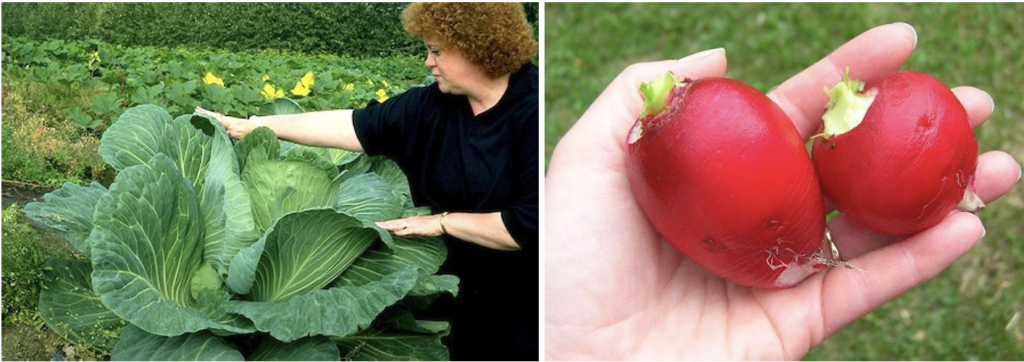
We are going to set up inflatable greenhouses on the north shore of Kauai (which is high in magneto-electricity, that is why it rains so much there), without destroying the natural biota,
import Alaskan Humus, set up permaculture farming, do a few tweaks on t e biogeochemical
cycles, harness Tesla’s Free Earth Energy, increase the magneto-electricity to the trees and bring it to the crops we are growing (which I can do), will be able to grow super healthy Pristine Produce, very rapidly all year long, in a controlled environment. We can even do high-density vertical farming.
By adopting new ethics and applying these scientific breakthroughs we can make the
transition from being dependent consumers to becoming responsible producers. This project will help mankind to become independent from Big Agra and put an end to Monsanto. There ARE viable agricultural alternatives to modern American unsustainable suicide!
A Few of our Many Viable Agricultural Techniques
Mulching involves placing a layer of decomposing plant material around plants. As mulch
decomposes, it adds organic matter to the soil. This provides important nutrients for plants and an ideal environment for earthworms and other organisms that help enrich the soil.
Mulching will recycle wastes and improve our soil. Mulch protects soil from erosion, prevents weed growth, conserves soil moisture, stabilizes soil temperature, reduces compaction, and keeps any fruit or vegetable that touches the ground clean and dry.
We will use a variety of soil amendments such as Bat Guano and Peruvian Seabird Guano blends, bone meal, crushed coral, kelp, worm compost fertilizer, liquid worm castings, fish meal (mercury free), aerated compost tea, etc. We will also add composting worms.
Due to the unique, fragile, and irreplaceable ecosystem of the Hawaiian Islands, the Department of Agriculture has instituted strict rules regarding the importation and transport of living organisms and plant materials; we will be using WikiWiki Worm Ranch in Kauai.
Beneficial Insects
Having the right native insects in our permaculture agriculture garden or can keep pests and weeds in check. Beneficial insects, such as ladybugs, assassin bugs, and praying mantises, prey on insects that can harm your plants. The following insects are encouraged, as they help control pests:
- Ladybugs and lacewing larvae for controlling aphids and a wide variety of other insects
- Preying mantises for controlling many insects
- Predatory mites for controlling pest mites, thrips, and many others
- Ground beetles feed primarily on caterpillars that attack trees and shrubs
Butterflies, damselflies, and bees will help to pollinate flowers naturally. There are two native butterflies in Hawaii, the Kamehameha butterfly resembles the monarch, but has more red than orange and prominent black markings especially under the wings. This beautiful insect can usually be found at higher elevations but has been seen even in downtown Honolulu. The Blackburn butterfly is a luminous blue-green and can be found at most elevations. Native crickets and spiders eat harmful bugs, minimizing the need for chemical pesticides.
The H2CO4 water will be treated with flow forms, crystals, and lodestones prior to being used to irrigate everything.
In the main permaculture area we will need to supplement carbon dioxide (CO2) to the greenhouse growing areas to provide more raw materials for photosynthesis. Of the two raw materials needed by photosynthesis, rainwater and CO2, numerous studies using a wide range of crop plants have shown that normal atmospheric levels of CO2 limit photosynthetic rate.
Carbon dioxide is present at a concentration of approximately 350 ppm in the atmosphere. Recent Monthly Average Mauna Loa, or “Long Mountain” in Hawaiian CO2 at a concentration of approximately 401.52 ppm. However, this is an average and the actual concentration in a given location can vary. Climatic changes can cause a 4 to 8 percent variation in CO2 concentration daily or seasonally due to increases or decreases in solar radiation, temperature, humidity and the passage of storm fronts.
Many studies have shown that CO2 concentrations well above ambient can benefit plant growth. Typically, a three- to four-fold increase in CO2 concentration yields a 10% to 25% increase in plant growth. Supplemental CO2 increases leaf area, dry weight, lateral branching, and in some cases decreases time to flower. In the greenhouse, supplementing
CO2 to about 800-1000 ppm from an hour after sunrise to about an hour before sunset has been used to increase growth of many crops.
Additional acres of Inflatable Greenhouses and Deposition Covered Area needed!
Planning and Access Road Management
will be added as
Trees and lush vegetation will surround the entire facility. We will not use concrete or asphalt paved surfaces. We will use a porous surface such as brick, gravel, wood chips, stone slab, or geo-textile materials. If areas must be paved, we will keep it to a minimum and direct runoff
onto grassy areas, not onto areas that drain to storm sewers. We will mulch and plant
exposed soil. We will use sediment barriers when necessary. Plant buffer strips of natural vegetation and woody plants to filter and slow runoff alongside waterways.
All solar powered… if you are going to dream… dream big!
“There are three things which
build and maintain civilization throughout
time: pristine air,
pristine water, and pristine food. And as an eternal truth I say unto you, that there are three things which bring the end of civilization, even the mightiest that have ever been and shall ever be, from the beginning-less beginning to the endless end of all time: impure air, impure water, and impure food.” Zenda Avesta, 3000 BC.
We must live our lives so that whenever we lose, we’re ahead.
Mahalo, Glen Caulkins http://airstreaminnovations.com/
![]()
Portrait of an Alaskan Summer
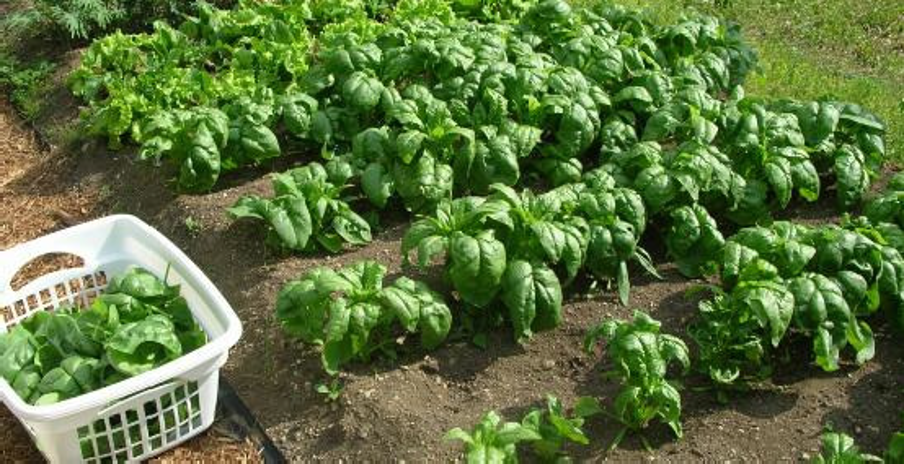
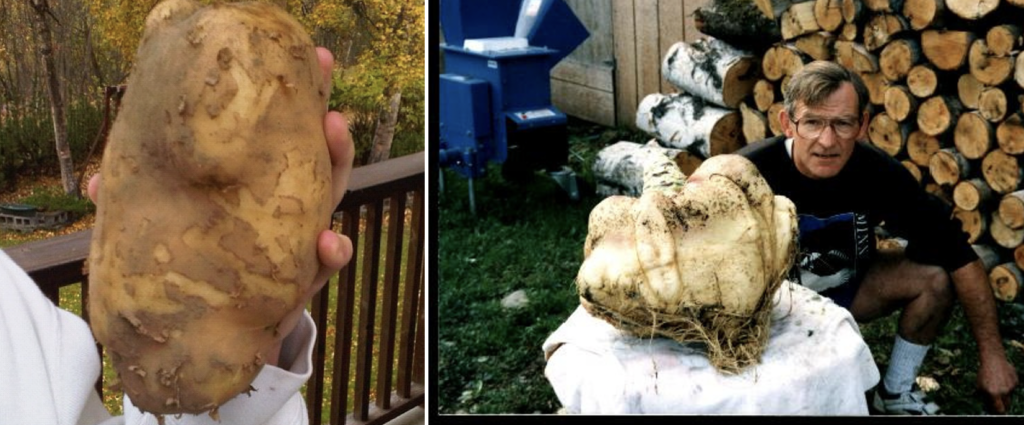
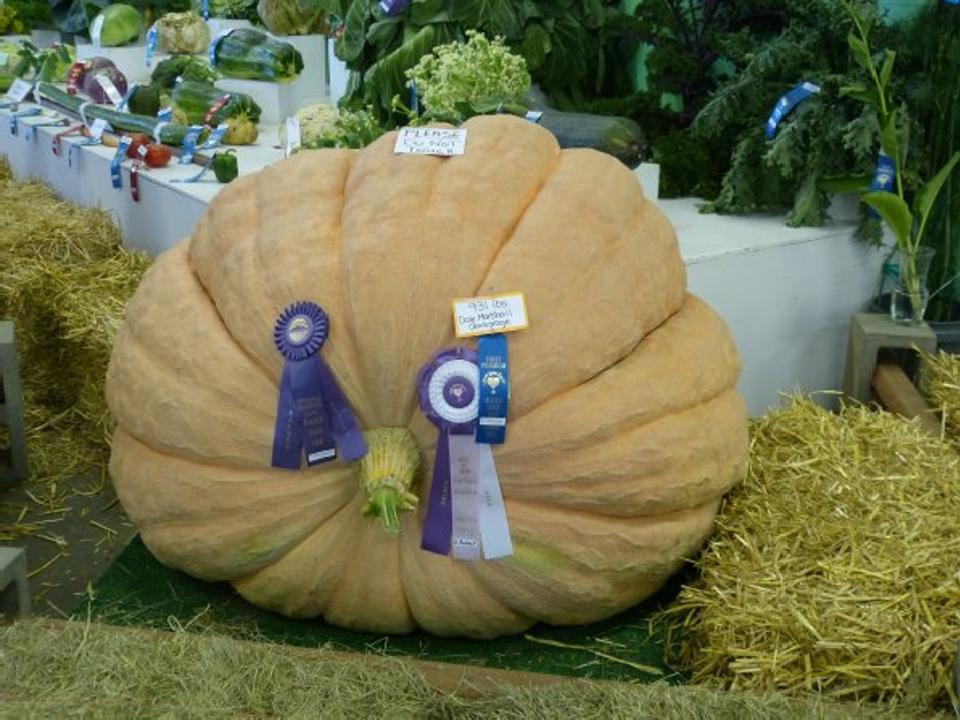
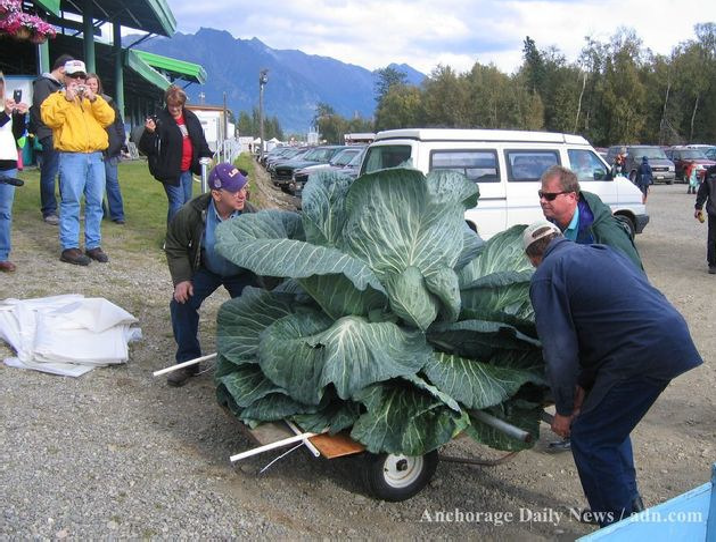
John Evans, a mechanical designer who lives 40 miles north of Anchorage in Palmer, Alaska; he holds seven world records for giant vegetables. One of them is this Green Cabbage that weighted over 76 pounds, making it a world record in 1998.
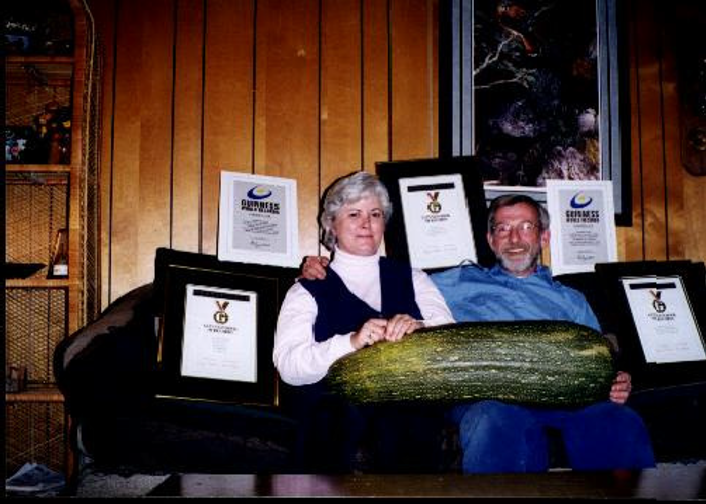
In the seven years of competition at the Alaska State Fair John Evans and his wife, Mary, have accumulated over 180 first places in both quality and giant vegetable categories, with 18 State, and 7 World Records.
This is not rocket science! Figure it out!


